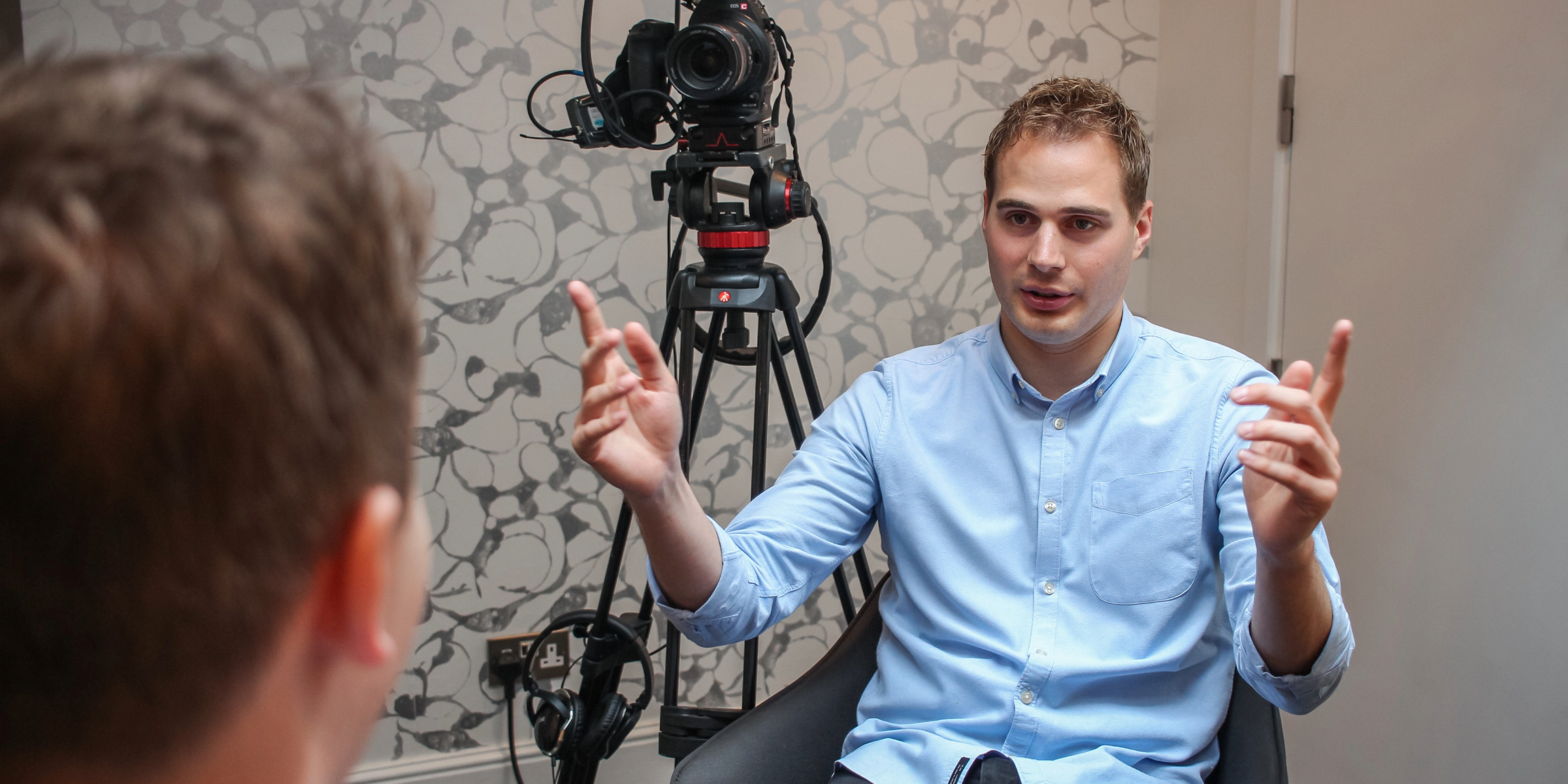The World Cup, the Ryder Cup and the European Championships have made 2018 a pretty good summer of sport, and have thrown a host of sporting superstars back into the PR spotlight.
Popular, inspirational and big chunks of the radio and TV demographic watching/listening, the public relate to them: you couldn’t hope for more when trying to clinch coverage on your key broadcast targets.
Not only does a bit of celebrity sparkle add that extra bit of oomph to a campaign, but in a in a competitive market and increasingly busy news agenda, a famous face can give a brand an added appeal and help it stand out from the crowd.
In our experience a sports star can offer a wide-ranging interview: they can talk the campaign and their own achievements, appealing to news, programming and sport alike.
So how to you pick who to use?
As with any other spokesperson, they must have a relevance to your campaign. You can’t just choose any sports star or celebrity, they must have a connection to the story or it just jars. A perfect example of this was for our client MSD Animal Health. They wanted to promote their Big Tick and Flea project, to raise awareness of ticks and fleas in the UK, and the dangers they carry for both animals and humans.
MSD teamed up with former England Rugby legend Matt Dawson, who suffered from Lyme Disease after being bitten by a tick. Now thankfully as recovered as it’s possible to be from the condition, his shocking case study combined with the fact he was a sporting great made his story hugely appealing to broadcasters.
Another aspect that a sports star can help with is branding. The higher profile your celeb or spokesperson, the more you may find the broadcaster is willing to push branding borderlines. You may even find brands or campaigns appearing on shows you never thought they might.
In the run up to the World Cup we supported McDonald’s PR agency with their long-established campaign promoting grassroots football within the UK. The very nature of McDonald’s means that it can be very tricky to pitch to broadcasters, because of branding and the health connotations. However, the good causes and funding they put into free football to children is a route which makes an avenue for broadcast. We worked with Martin Keown prior to the World Cup this year to promote the campaign.
The timing was crucial as Martin was able to talk all things World Cup and football, as well as promoting McDonald’s and his ambassadorial role. The fact that Martin himself was not associated with a particular broadcaster, having done work with BT, BBC, Sky, ITV and talkSPORT, was also huge factor of the campaign’s success,
It is vital to check beforehand whether your spokesperson has a link to a particular broadcaster that could prevent them speaking to others. Any restrictions could affect the coverage of the campaign and, ultimately, its overall success.
Another issue to check beforehand is saturation. We always suggest leaving a minimum of four weeks between broadcast campaigns for any spokesperson. This can be difficult with celebrities who, by their nature, are in demand.
This is particularly pertinent with sports stars, as their work can often be very seasonal. For example, before the World Cup this year we worked with Sir Geoff Hurst. It was paramount for us to work out which broadcasters Sir Geoff had already spoken to on other campaigns to work out our best strategy, as inevitably his popularity goes through the roof during World Cups.
Like many fields recently, the sports world has seen a huge surge in demand for greater diversity and equality. The change that it has gone through and continues to explore has been incredibly refreshing, with huge advancements in female sport and greater investment to promote sports growth across greater ethnic diversities and disability sports.
The greater exposure and coverage of these areas has led for an increased demand for more diverse guests. A huge success story we were lucky to support on this summer was the launch of Hasbro’s first ever all-female Subbuteo set. Former Lioness Sue Smith was enlisted to promote the game in conjunction with the 2018 SSE Woman’s FA Cup Final, which saw a record crowd of 45,423 pack out Wembley Stadium.
The launch was a success, heralded by Baroness Campbell. However, there were also some untrue claims that the game was merely being launched to jump on the back of recent demands for greater diversity. It is worth making sure that your campaign is solidly founded and used correctly to avoid any claims of tokenism or appropriation.



